Detailed Introduction to GE EPSCPE100-ACAH
1. Product Description
GE EPSCPE100-ACAH is a high-performance industrial controller module under GE’s PACSystems automation product portfolio. Designed as a core processing unit for industrial control systems, it integrates advanced computing capabilities, multi-protocol communication, and flexible I/O integration to enable precise control and real-time data processing in complex industrial environments. As a key component in GE’s automation solutions, it bridges field devices and upper-level monitoring systems, supporting efficient and reliable operation of industrial processes through robust hardware design and intelligent software features.
2. Product Parameters
- Electrical Parameters
-
- Power Supply: Operates on a wide-range AC power supply of 100-240V AC ±10%, 50/60Hz, ensuring compatibility with global industrial power grids. The typical power consumption is low, around 15W under normal operating conditions, minimizing energy usage in control cabinets.
-
- Processing Capability: Equipped with a high-performance 32-bit processor with a clock speed of up to 1GHz, supporting fast execution of control logic (up to 10,000 ladder logic instructions per millisecond) and real-time data processing for time-critical applications.
-
- Memory Capacity: Features 2GB DDR4 RAM for program execution and data buffering, along with 8GB flash storage for program storage, configuration files, and historical data logging, ensuring ample space for complex control programs.
- Communication Parameters
-
- Communication Interfaces: Equipped with 2 x Gigabit Ethernet ports (EtherNet/IP compliant), 2 x RS485 serial ports (supporting Modbus RTU), and 1 x USB 3.0 port for programming and data transfer. Supports industrial protocols including PROFINET, Modbus TCP/IP, and OPC UA for seamless integration with diverse systems.
-
- Real-Time Performance: Supports deterministic real-time communication with a cycle time as low as 1ms for critical control tasks, ensuring synchronized operation of field devices and precise process control.
- Environmental Parameters
-
- Operating Temperature Range: Functions reliably in temperatures ranging from 0°C to 60°C, adapting to temperature variations in industrial control rooms and cabinet-mounted environments.
-
- Humidity Resistance: Operates in relative humidity of 5% to 95% (non-condensing), with enhanced moisture resistance to withstand humid conditions in food processing, pharmaceutical, and chemical facilities.
3. Product Specifications
- Physical Dimensions: Features a compact and rugged design with dimensions of approximately 180mm (length) × 120mm (width) × 80mm (height), optimized for installation in standard 19-inch control cabinets or DIN rail systems, saving space in crowded industrial enclosures.
- Weight: Weighs approximately 1.2kg, balancing durability with portability for easy installation, maintenance, and system upgrades.
- Mounting Type: Supports DIN rail mounting (35mm standard rail) and panel mounting via four pre-drilled mounting holes, ensuring secure fixation in vibrating industrial environments with anti-vibration hardware.
- Protection Rating: Achieves an IP20 protection rating for the module body, with IP40-rated connectors for external interfaces, effectively preventing dust accumulation and ensuring reliable operation in industrial control cabinets.
4. Product Series and Features
- Product Series: Belongs to GE’s PACSystems EPSC (Edge Programmable Industrial Controllers) series, a flagship product line in GE’s industrial automation solutions. The EPSC series combines PLC-like control capabilities with edge computing functionality, designed to address the needs of modern industrial IoT (IIoT) and smart manufacturing. It integrates seamlessly with GE’s Proficy software suite, I/O modules, and industrial communication devices to form end-to-end automation systems.
- Product Features
-
- High-Performance Processing: Powered by a high-speed processor and ample memory, enabling execution of complex control logic, data analytics, and edge computing tasks simultaneously, supporting both real-time control and intelligent decision-making.
-
- Multi-Protocol Communication: Supports a wide range of industrial communication protocols, facilitating integration with legacy devices, smart sensors, HMIs, and cloud platforms. Enables protocol conversion to bridge heterogeneous systems in industrial environments.
-
- Enhanced Security: Incorporates advanced security features including secure boot, data encryption (AES-256), role-based access control (RBAC), and compliance with IEC 62443 standards, protecting against cyber threats and ensuring secure operation in connected industrial systems.
-
- Flexible I/O Expansion: Supports modular I/O expansion via backplane or Ethernet-based remote I/O systems, allowing users to configure digital/analog I/O, specialty modules (e.g., motion control, temperature measurement), and scale the system according to application needs.
-
- Intelligent Diagnostics: Equipped with comprehensive self-diagnostic functions, including hardware health monitoring, communication fault detection, and program execution error reporting. Fault information is accessible via HMI, software, or communication interfaces, enabling rapid troubleshooting.
5. Functions, Uses and Application Fields
- Functions
-
- Real-Time Control Execution: Executes complex control logic (ladder logic, structured text, function block diagrams) to regulate industrial processes, ensuring precise control of variables such as temperature, pressure, flow, and motion.
-
- Data Acquisition and Processing: Collects real-time data from field sensors and devices, processes and analyzes it locally (edge computing) to generate actionable insights, reducing latency compared to cloud-based processing.
-
- Communication and Integration: Facilitates data exchange between field devices, upper-level SCADA/DCS systems, and cloud platforms, enabling centralized monitoring, remote control, and data-driven optimization of industrial processes.
- Uses
-
- Industrial Process Control: Deployed in manufacturing lines, chemical plants, and energy facilities to control sequential processes, regulate process parameters, and coordinate the operation of multiple machines/equipment.
-
- Edge Computing and Analytics: Used for local data processing, trend analysis, and predictive maintenance in smart factories, enabling real-time decision-making and reducing dependency on cloud connectivity.
-
- System Integration Hub: Serves as a central hub to integrate diverse field devices (sensors, actuators, drives) and connect them to enterprise systems, supporting digital transformation initiatives in industrial operations.
- Application Fields
-
- Manufacturing Industry: Widely used in automotive assembly, electronics manufacturing, and packaging lines to control production processes, manage material flow, and ensure quality control through real-time data monitoring.
-
- Energy Sector: Utilized in power generation plants (thermal, wind, solar), grid infrastructure, and energy storage systems to control equipment operation, monitor energy flows, and optimize energy efficiency.
-
- Chemical and Pharmaceutical: Applied in batch processing, continuous production, and laboratory automation to control reaction parameters, ensure regulatory compliance, and maintain product quality through precise process control.
-
- Water and Wastewater: Employed in treatment plants to control pumps, valves, and filtration systems, monitor water quality parameters, and optimize resource usage (energy, chemicals) for sustainable operation.
-
- Food and Beverage: Used in food processing and packaging facilities to control mixing, heating, cooling, and packaging processes, ensuring compliance with hygiene standards and maintaining consistent product quality.



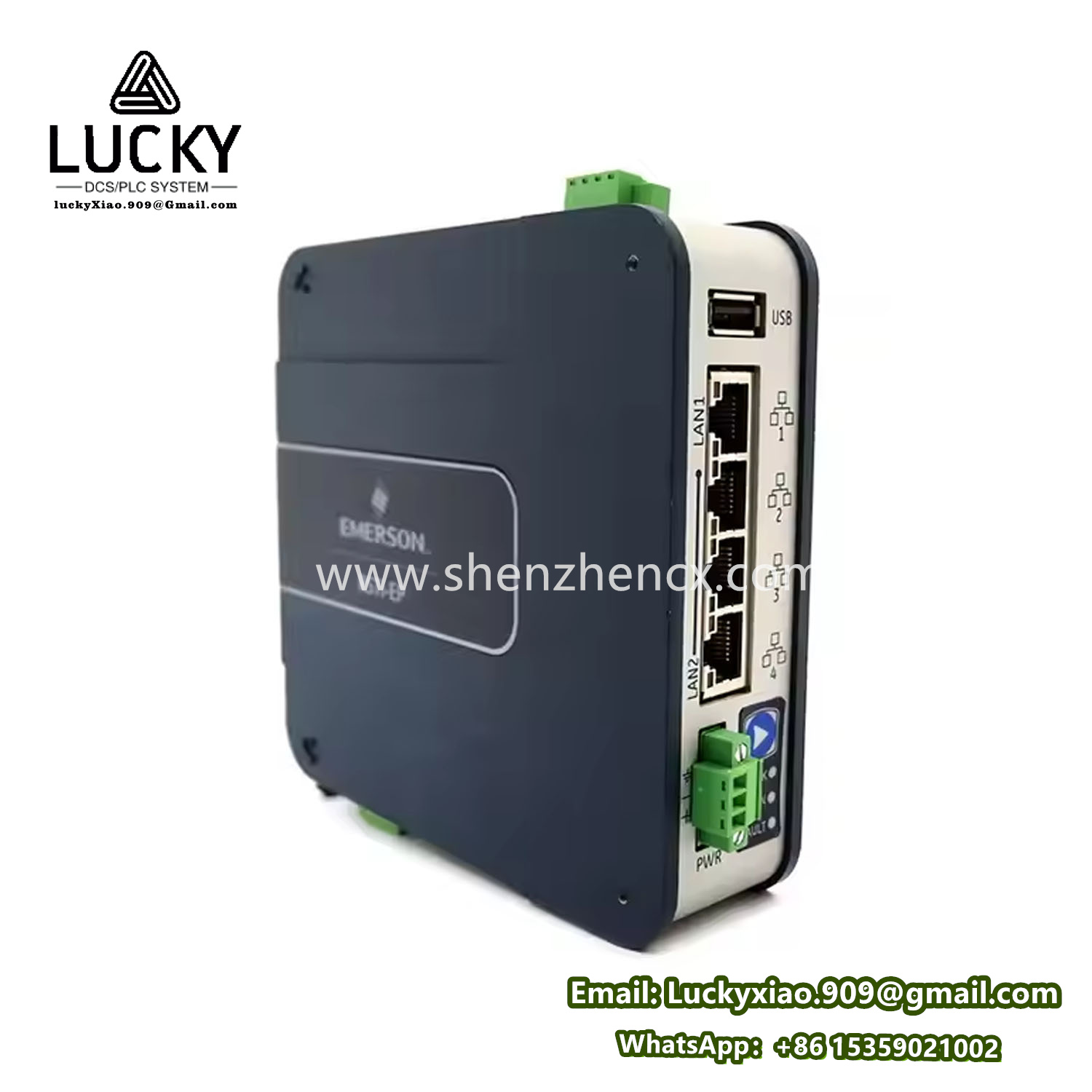
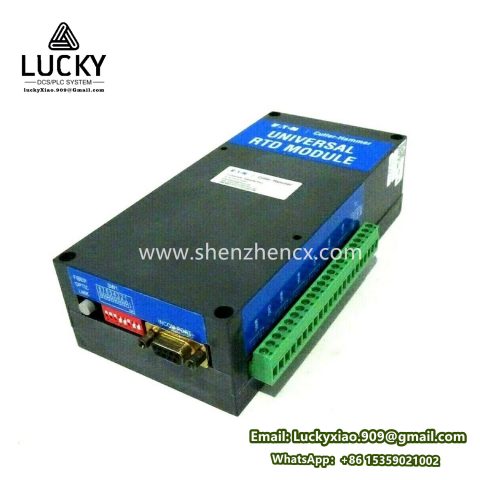
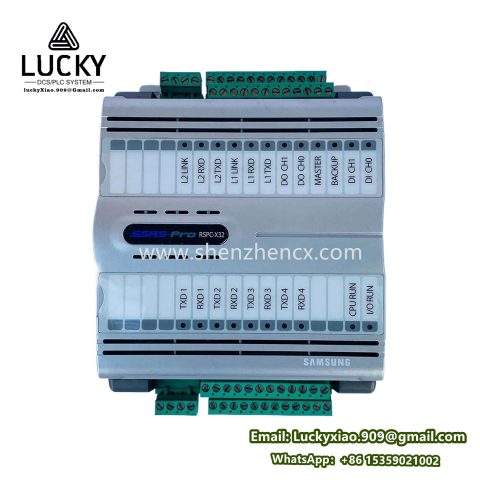
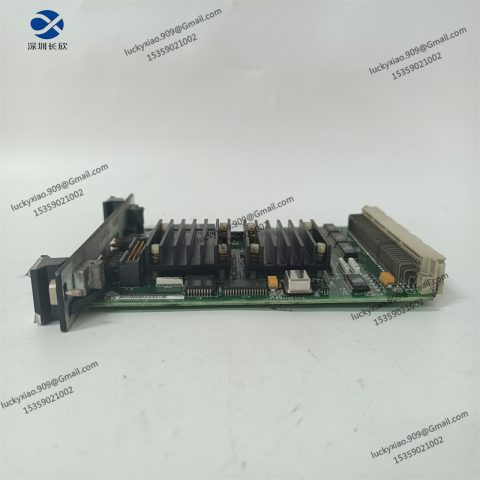
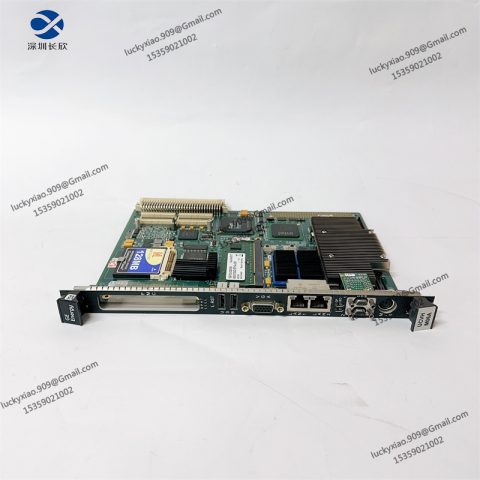
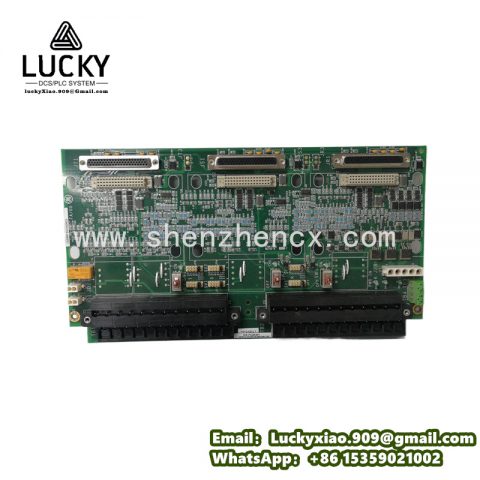
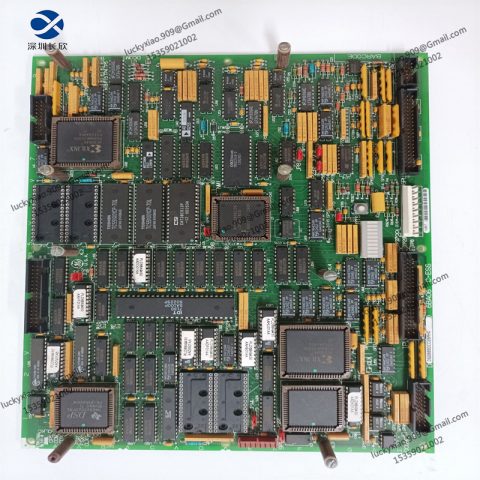
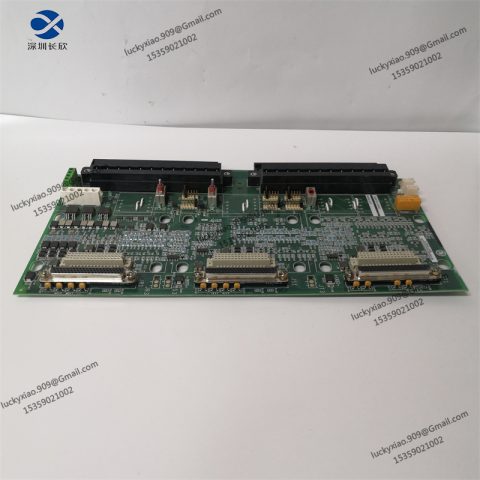
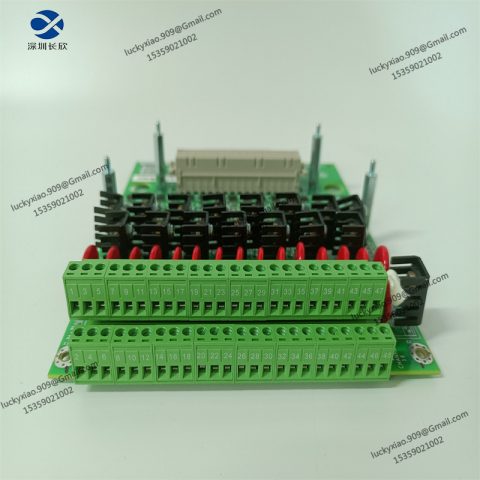

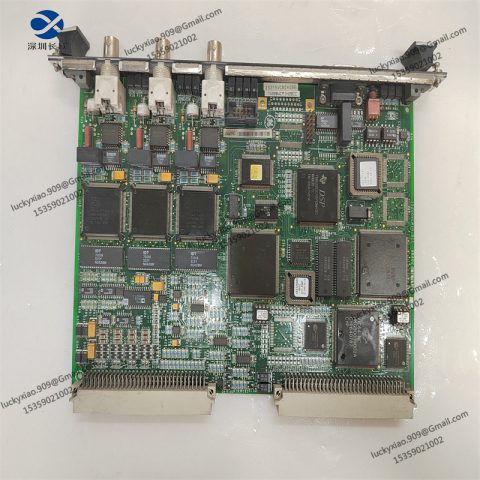
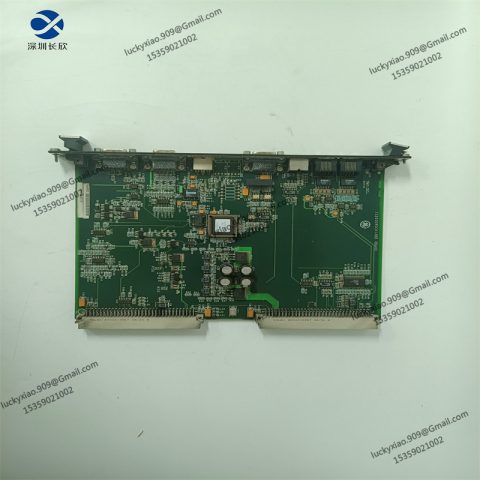
There are no reviews yet.